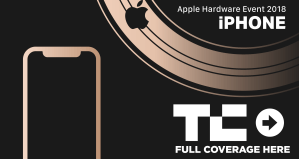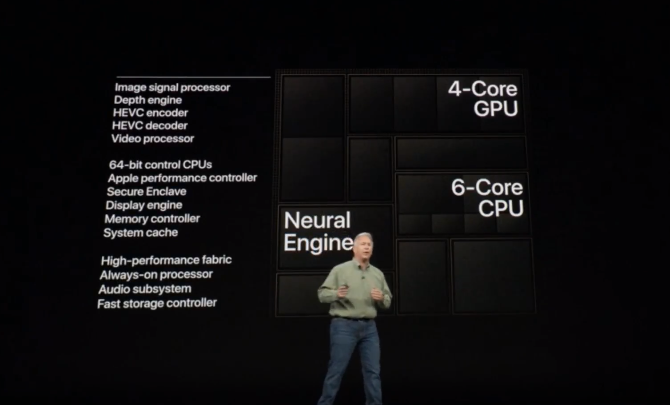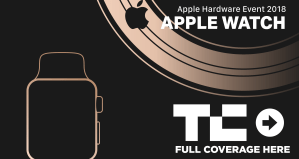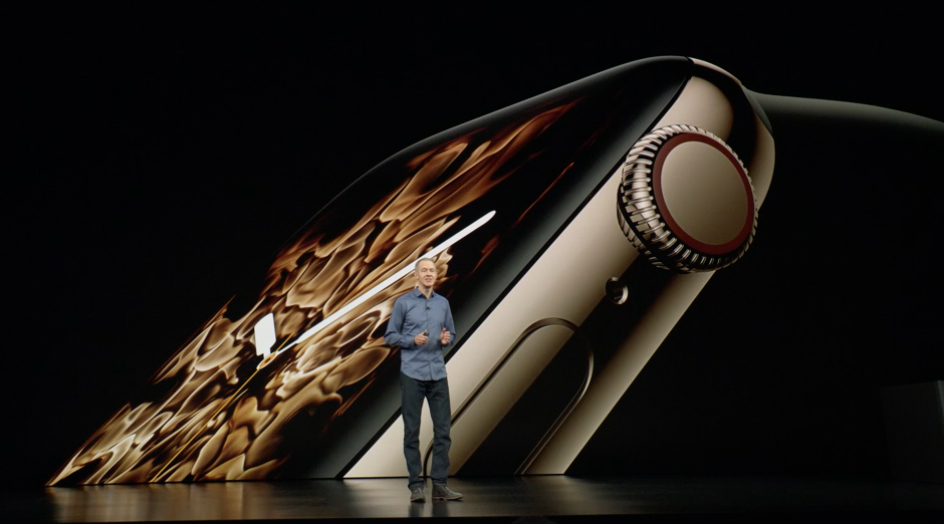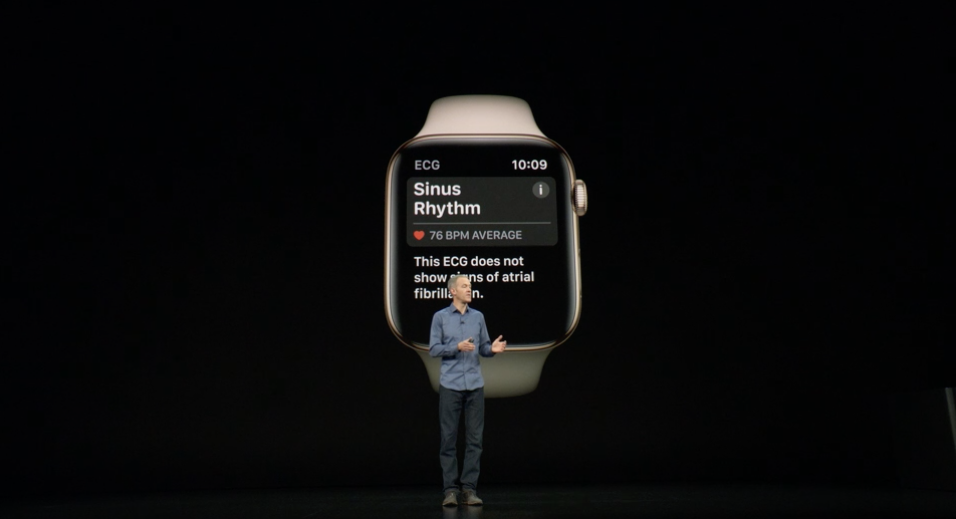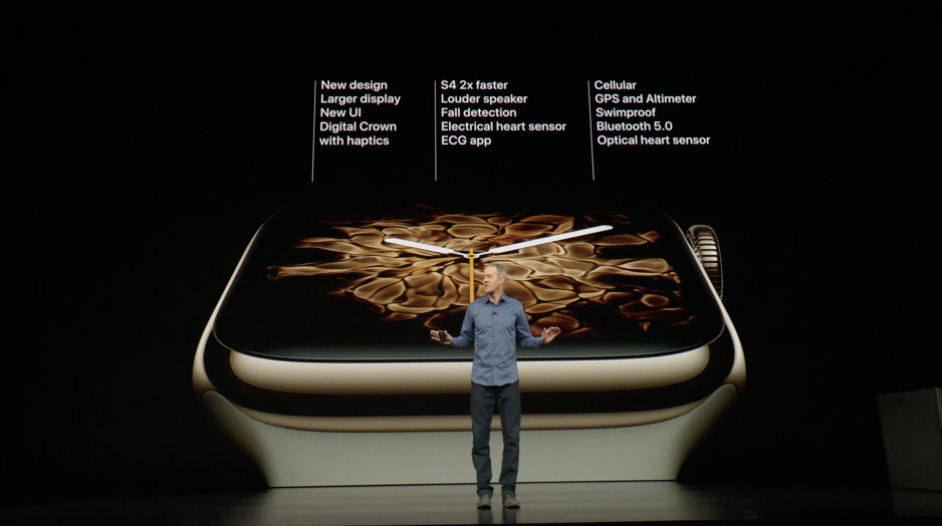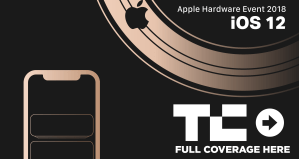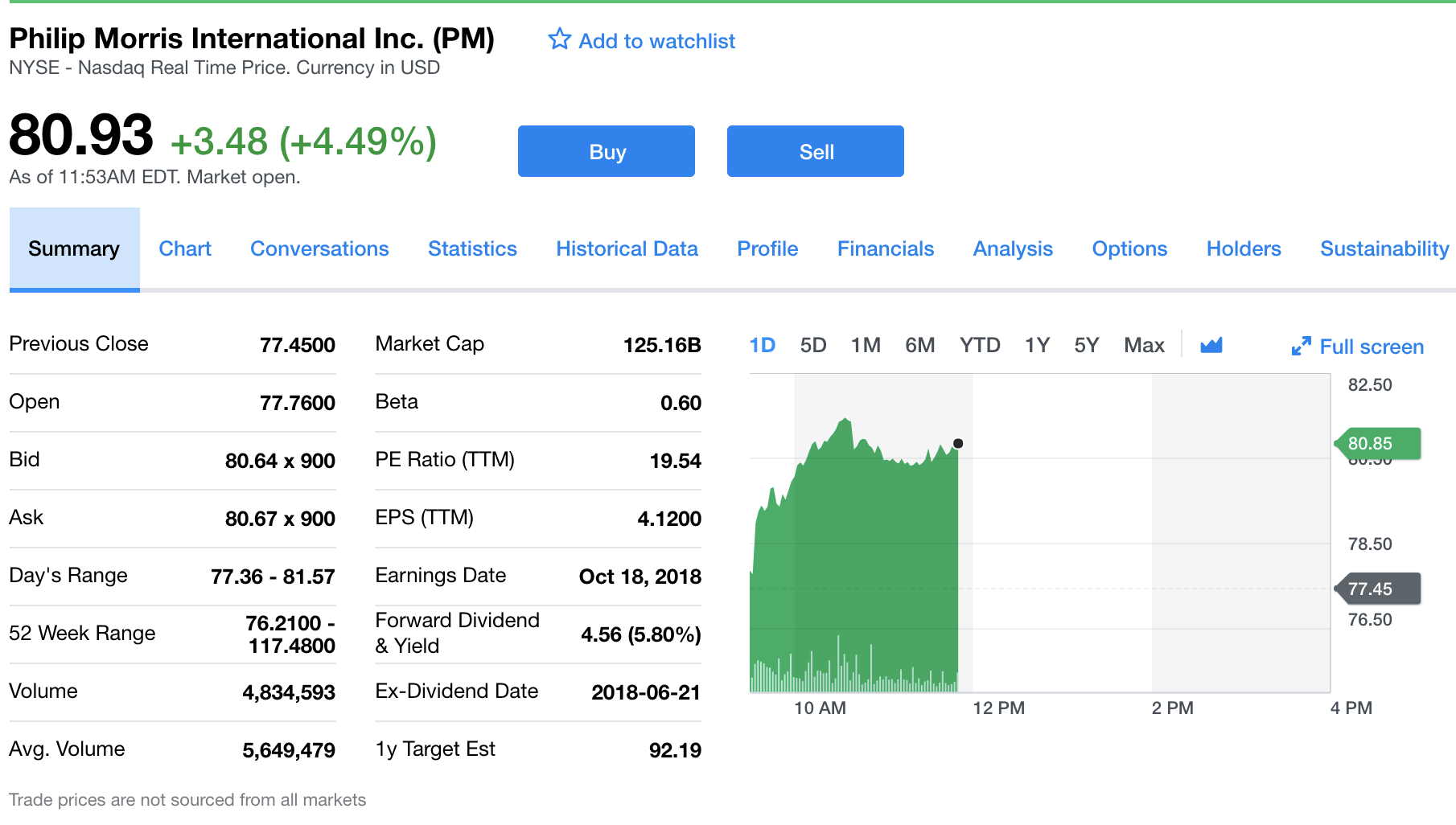Confirming rumors that have been circulating all summer, Verizon Communications confirmed today that Guru Gowrappan will be replacing Tim Armstrong as the CEO of Oath (owner of TechCrunch).
This is a huge change: Armstrong has been the CEO of Oath, and before that the CEO of AOL (which had been the predecessor to Oath, before it was merged with Yahoo), for no less than 10 years, managing the company through downs and ups that included a sale to Verizon for $4.4 billion, the (somewhat drawn out and messy) acquisition of Yahoo for another $4.8 billion, and merging the two together.
Through that time, he also helped an ailing, ageing dial-up internet has-been reposition itself as a media company complete with an ad-tech engine underneath it.
In an internal memo today, Armstrong didn’t shy away from the rumors that had been circulating but also tried to draw a parallel between Oath and AOL itself in terms of the arc that he sees the company taking.
“While there has been and will be speculation about these changes, there are a few important signals that should not get lost in the noise,” he wrote. “The first is that the world has gone digital and few companies have both mobile and digital assets at our scale. Add to that the backing of the best mobile company in the world – Verizon – and Oath has all of the right pieces to succeed. The second point is that things take time. It took more than two and a half years to turn AOL around; Oath is just over a year old and the first year was spent integrating the post-Yahoo auction assets and working through the data breach related issues. It is going to take time for Oath to reach its full potential.”
Gowrappan will assume all management responsibilities as chief executive at Oath and report to Verizon chief executive Hans Vestberg. Armstrong will remain at the company to guide management transition efforts and will report to Verizon chairman Lowell McAdam.
“I’m exceedingly grateful to Tim for his many contributions to the business, and I believe his support over the next few months will continue to strengthen Oath’s market potential,” Vestberg said in an internal memo. Both Vestberg’s and Armstrong’s memos are below.
It’s hard to know how to read Armstrong’s parting memo. Earlier this year, I (that is, Ingrid) asked Armstrong flat-out if the reports about him leaving were true. He flat-out responded that there were no plans for him to leave Oath.
But given the developments over the last couple of weeks — reports intimated that he’d been trying to convince Verizon to let him hive off Oath completely and run it as a spun-out entity — imply that maybe he wasn’t lying: perhaps he hadn’t planned to leave Oath; but instead, he had been trying to lay plans to leave Verizon, and take Oath with him.
Now Armstrong is gone and Oath remains. And ironically, it’s also hard to guess where Oath stands at Verizon, longer term. The larger telco is now being led by Hans Vestberg, who joined from Ericsson, and is very much a network man at his core — which is, of course, the heart also of Verizon’s wider business. In that regard, Oath and this wider media/OTT play that was envisioned when Verizon acquired AOL, and then Yahoo, seems less clear now without the mastermind of that strategy leading it.
It’s notable also that Armstrong will be reporting not to Vestberg, but McAdam, while he remains at the company.
So far, the news doesn’t appear to be upsetting investors: the stock is trading slightly up, after a general incline over the last several months.
Gowrappan joined oath from Alibaba Group and will assume management of operations now that the integration of Aol and Yahoo operations following the merger of those two companies by Verizon is nearing completion.
More to come. Memos below.
Builders –
After almost 10 years as CEO – a journey of teamwork that has included turning around AOL while outperforming the market, strategically combining AOL with Verizon, and creating one of the largest digital assets in the world with the acquisition of Yahoo to create Oath – I am handing off the CEO torch for the next stage of the race to Guru.
After joining us from Alibaba at the start of Q2, Guru has been leading global consumer and revenue operations and has worked tirelessly to execute Oath’s strategic mission and operating plan. With our closer alignment with Verizon, Oath and Guru will be able to unlock a series of continued growth opportunities similar to the investments that Verizon has put into the Oath Super Channels and Apps.
While there has been and will be speculation about these changes, there are a few important signals that should not get lost in the noise. The first is that the world has gone digital and few companies have both mobile and digital assets at our scale. Add to that the backing of the best mobile company in the world – Verizon – and Oath has all of the right pieces to succeed. The second point is that things take time. It took more than two and a half years to turn AOL around; Oath is just over a year old and the first year was spent integrating the post-Yahoo auction assets and working through the data breach related issues. It is going to take time for Oath to reach its full potential.
Lastly, and most importantly, our brands and our talent matter in real ways and make a positive impact on hundreds of millions of lives around the world. Yahoo Finance is one of the largest financial news and data platforms in the world, TechCrunch and Crunchbase are two of the largest providers of tech information in the world, Yahoo Fantasy Sports provides millions of sports fans a deep community for their most passionate interests, Yahoo and AOL Mail & Search products serve our most valuable audiences, and our newly launched and unified Oath Ad Platforms provides the world’s most important brands and publishers a growth engine for their businesses.
What has been most memorable and impressive over the last 10 years is the work done by our people and our leaders. There are no words to describe how I feel about the people I have worked with and the leadership they have shown. Many times the only path forward was to blaze a new path. One of the more meaningful trails we blazed has been around women – with the founding of two companies, MAKERS and #BUILTBYGIRLS. Both companies have made significant contributions in telling groundbreaking women’s stories and supporting female founders.
Over the years, we have not only built brands people love, but also bonds with each other and communities around the world through Oath for Good and your volunteering efforts. Across the globe we have touched millions of lives and have made a lasting impact on hundreds of non-profit organizations.
Thank you to my executive team at Oath, a super special group of people, as well as my amazing support staff Enrique, Katherine and Corinne. And thank you to all of the support teams across the company – the food service teams, building security teams, and janitorial teams – your work allows everyone else to do theirs and it is greatly appreciated.
From Taipei to Tel Aviv, Dublin to Chicago, Tokyo to Bangalore, São Paulo to Los Angeles, and all of the places in between – and of course NYC, Dulles, and Sunnyvale – the torch is passed and the next leg of the journey begins. As a strategic advisor to Verizon, I will work closely with Guru to continue the strategic moves we have been making and fully leverage the power of Verizon and Oath for our global consumer base and customer base.
Build Brands Members Love & Live Your Oath – TA
V Team,
As we move our business forward and position it for the future, I’d like to update you on leadership changes within the Oath business that will soon take place.Guru Gowrappan will become Oath’s leader October 1, and will drive the next phase of Oath’s global growth strategy. Guru is a proven leader in building brands, leading teams and driving results. Since he joined Oath earlier this year as chief operating officer, Guru’s been leading the products, technology, engineering and sales operations. I’m thrilled Guru will lead Oath into the future as we continue to deliver brands our customers love.
Oath founder and CEO Tim Armstrong will become a strategic advisor reporting to our Chairman Lowell McAdam and help in the management transition efforts before leaving the business at the end of 2018. I’m exceedingly grateful to Tim for his many contributions to the business, and I believe his support over the next few months will continue to strengthen Oath’s market potential.
Please join me in congratulating Guru and thanking Tim.
Hans V.

